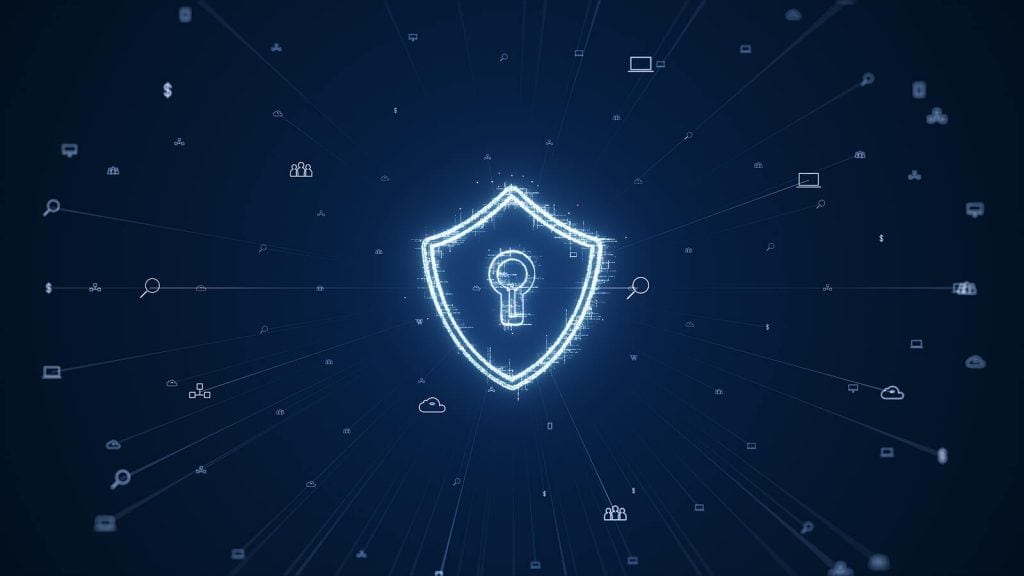What is information blocking? How does it impact you? We discuss in this primer.
The COVID-19 pandemic has spurred a significant number of IT challenges and disruptions across industries. As one might expect, the health care sector has experienced more technological changes than most as it rapidly evolved to meet new demands. One of the most recent of these challenges is information blocking.
Table of Contents
ToggleUnder the 21st Century Cures Act, the Office of the National Coordinator for Health Information Technology (ONC) released a rule prohibiting information blocking. Despite this directive taking effect in early April, 47% of IT professionals are unfamiliar with the term.
What Is Information Blocking?
Information blocking refers to practices that interfere with patients’ access to their electronic health information (EHI). As health care apps and similar tools have become more common, many medical organizations have imposed restrictions on EHI access. They may not allow patients to access it through third parties, charge for it or release it in outdated formats.
The ONC’s information blocking rule seeks to increase consumer-friendly practices by banning these actions. Providers found guilty of information blocking could receive fines up to $1 million per incident.
Information blocking is a remarkably prevalent practice in the health care field. One survey found 84% of EHI exchange organizations engage in some form of it, most often setting high prices for EHI access. As the prevalence of digital data and interoperability has grown, these practices have become increasingly disruptive by comparison.
How Does the Pandemic Affect Information Blocking?
The Information Blocking Rule isn’t strictly a pandemic issue, as the ONC passed it in May 2020. The pandemic has delayed its implementation, though. While it was originally supposed to take effect in November 2020, the ONC pushed that deadline back to April 5, 2021.
That deadline has now passed, but the rule still won’t take full effect until later. The ONC has also limited the definition of EHI until Oct. 6, 2022, giving some providers more time to comply. These delays aren’t the only way the pandemic affects information blocking, either. Here’s a closer look.
Health Care Apps Have Become More Prevalent
One of the main goals of the Information Blocking Rule is to make it easier to access EHI through third-party apps. These apps’ popularity has surged amid the pandemic, with downloads growing 65% globally and as much as 135% in some countries.
Information blocking limits how useful these apps can be, as some providers may not give them any EHI. Now that they’re a standard part of how many people manage their health care, these obstacles are increasingly disruptive. More users are trying to handle their medical data remotely, but while information blocking remains common, that’s not always possible.
The information blocking ban could let these apps reach their full potential. Health care IT systems could become as interoperable and convenient as fintech has. It would likely also lead to even further growth in the medical app sector.
Cybercrime Has Skyrocketed
Other pandemic-era trends shine a less positive light on the Information Blocking Rule. Most notably, cybercrime has seen a troubling rise in the past two years. When third-party apps can access potentially sensitive medical information, it could open the door for devastating data breaches.
Health care was the seventh most targeted industry for cybercrime in 2020, a three-place jump over 2019. Cybersecurity is a grave concern now that criminals are keenly aware of how vulnerable the industry is and how valuable the data is. Increasing the accessibility of this information may complicate that.
As information blocking fades, medical app developers will have to take cybersecurity more seriously. With more cybercriminals targeting this kind of data, these services will likely see increasing attacks. Balancing information accessibility with security could prove challenging amid these trends.
Health IT Spending Has Shrunk
The pandemic has also impacted many industries’ IT budgets, with 43% of surveyed organizations tightening their 2022 tech spending. This trend is even more prominent in the medical sector, where 70% of IT departments have experienced budget cuts. Lower tech spending could make it harder to comply with the Information Blocking Rule.
The healthcare industry has been slow to adopt new digital technologies, largely out of privacy concerns. As a result, information blocking often takes the form of only using physical records to distribute health data. As the rule takes effect, providers will have to upgrade to new systems to enable easier EHI sharing.
Some organizations will have to switch to digital health record systems to comply with the Information Blocking Rule. That transition may be difficult in the face of shrinking IT budgets, as it will incur high upfront costs. The industry will likely have to rethink its tech priorities to accommodate increased data sharing and interoperability.
The Pandemic Has Altered Many Tech Considerations
Technology has proved indispensable amid the pandemic, and its effect on information blocking highlights that. This new rule presents challenges and opportunities for IT workers in the health care industry.
Information blocking is becoming an outdated practice amid the rising data revolution. Balancing the adoption of new technologies with security and budget concerns may be complicated, but it could lead to positive outcomes. Amid all this change, one thing is certain: Technology is transforming the health care industry.





